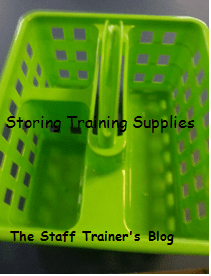Do you have a mission statement for your training department? Well, you should. A mission statement serves the purpose of describing the beliefs and values of an organization and to help employees understand why the organization exists.
Training departments function to support the goals of the organization by enhancing job performance and identifying the required training needs of each employee. So why create a mission statement for your training department? There are many advantages to creating a mission statement including:
- Improving the strategic alignment between the training department and the organization
- Helping to prioritize the needs of both the organization and the training department.
- The ability to quantify and assess the effectiveness of any training developed by the department.
Here’s how to get started:
- Read your organization’s mission statement. The training department mission statement should align with that of your organization. Your alignment should also include reviewing the beliefs, values and priorities. Further questions should include: How does the training department fit into the big picture?
- The next step will be working on the mission statement. In order to write an effective mission statement, here are some questions to ask: Why does your department exist? Who are you training? and how will you evaluate the training?
- Keep your mission statement short. An effective mission statement is generally 1-2 sentences that should contain action words and is quantifiable. The mission statement should answer the following questions, what do you do, and why do you do it?
- Obtain input from other people including the stakeholders, other departments including HR and employees.
- Revise your mission statement when necessary
Once completed, don’t forget to celebrate!
Do you currently have a training department mission statement? I would love to hear from you!











